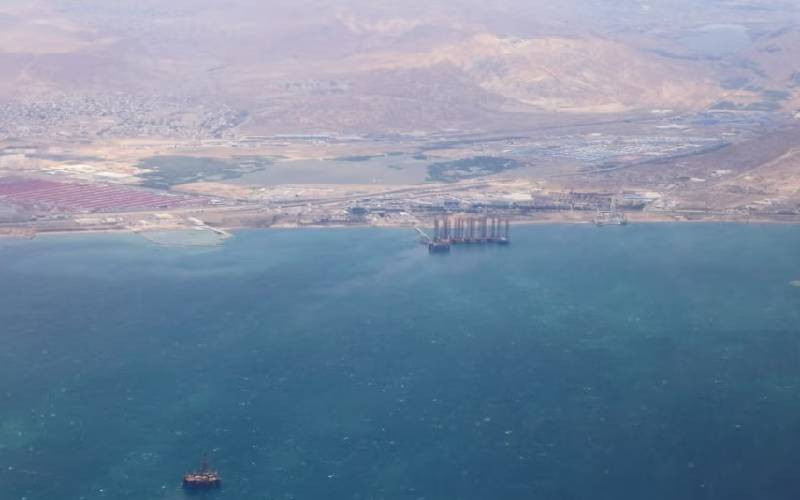
More than half of the world's large lakes and reservoirs have shrunk since the early 1990s, chiefly because of climate change, intensifying concerns about water for agriculture, hydropower and human consumption, a study published Thursday found.
An international team of researchers reported that some of the world's most important water sources - from the Caspian Sea between Europe and Asia to South America's Lake Titicaca - lost water at a cumulative rate of about 22 gigatonnes per year for nearly three decades. That's about 17 times the volume of Lake Mead, the largest reservoir in the United States.